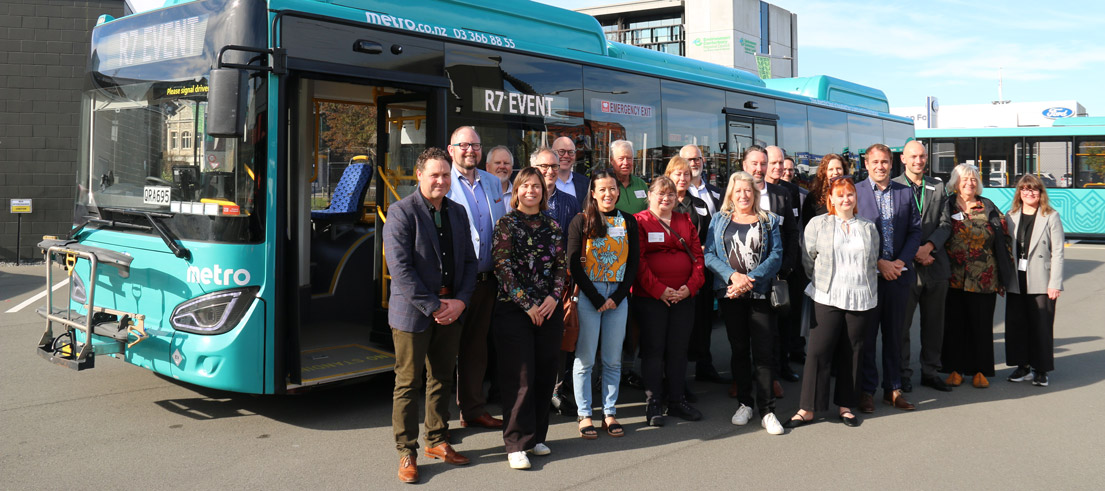Source:
After 48 years and many career highlights, Auckland Council’s Manager of Auckland Botanic Gardens Jack Hobbs is stepping down.
Jack’s connection to the gardens goes right back to its beginning when, as a young recruit, he helped shape the Manurewa grounds into a public botanical garden for its official opening in 1982.
Director of Community Rachel Kelleher says that while many Aucklanders will certainly be sad to see Jack go, he has achieved the extraordinary vision of helping transform what was originally farmland into the beautiful gardens and thriving visitor attraction that it is today.
“Under Jack’s leadership, the gardens have grown into a world-leading showcase where the focus is not only on plants but also people, with its exceptional collections attracting more than 1 million visitors of all ages each year,” Rachel says.
“Jack is unique in his approach to horticulture because of his ability to connect with people and inspire them to learn more about why plants are so important. For as long as I can remember, he has worked hard to welcome new visitors into the gardens by making their experience more meaningful,” she says.
Manager of Visitor Services, Micheline Newton, says Jack’s departure will leave large shoes to fill for the Gardens’ team and for supporters like the Friends of Auckland Botanic Gardens.
“Nobody knows the gardens as well as Jack does, and his vision and leadership are evident everywhere you go. We are all proud to have worked alongside him and learnt so much,” says Micheline.
“Though we can never replace the depth and breadth of Jack’s 48 years of experience, he leaves behind a team of passionate and skilled people who will continue his legacy and vision to connect Aucklanders to the wonderful world of plants.”
Mid-way through his career, Jack made the bold move of establishing sustainable horticultural practices at the gardens that reduced the need for spraying. This represented a major shift in direction at the time and kept the wellbeing of visitors and staff as a priority.
“I am proud of the work we achieved to stop the use of pesticides on our plants. It was controversial 25 years ago but thanks to the team’s commitment, it has now become almost mainstream,” Jack says.
A few years later, Jack advocated for an education centre to be built and fought hard to get the Huakaiwaka Visitor Centre and café across the line, which has become an incredibly popular destination for people to connect.
Similarly, he pushed to get the Potter Children’s Garden established, which now provides thousands of students with the opportunity to learn how humans, plants, animals and insects are inter-connected in our environment.
Jack says the decision to leave a job he loves so much has been tough, but the timing feels right following another two major highlights of his career.
“It’s been such a privilege to be involved in the opportunity to acquire the Nathan property adjacent to the Botanic Gardens, followed by Rosemary Platt’s offer to donate her 14 acres of land in Greenhithe complete with the most significant collection of trees I have encountered,” he says.
Over the years, Jack has earned huge respect as a horticulturist internationally and won multiple awards for plant breeding, with his star performers from the Wiri species now established around the world.
He’s starred in various television gardening programmes and published books, sharing his extensive knowledge far and wide. He developed a pivotal connection with the Friends of the Botanic Gardens and ensured this relationship was prioritised by all staff.
In keeping with this approach, Jack is quick to acknowledge the many talented staff who have supported along the way.
“Most of all I am proud of the passionate and dedicated teams we have at the Botanic Gardens and the Domain who have a common vision to connect people with plants, and who work so hard to deliver great experiences for our visitors,” Jack says. “I feel privileged to have been part of such a great bunch.”


